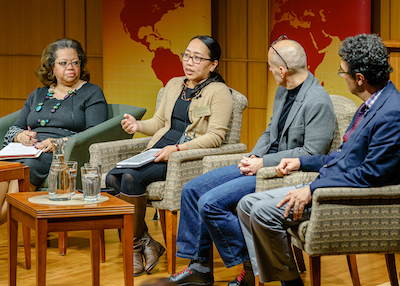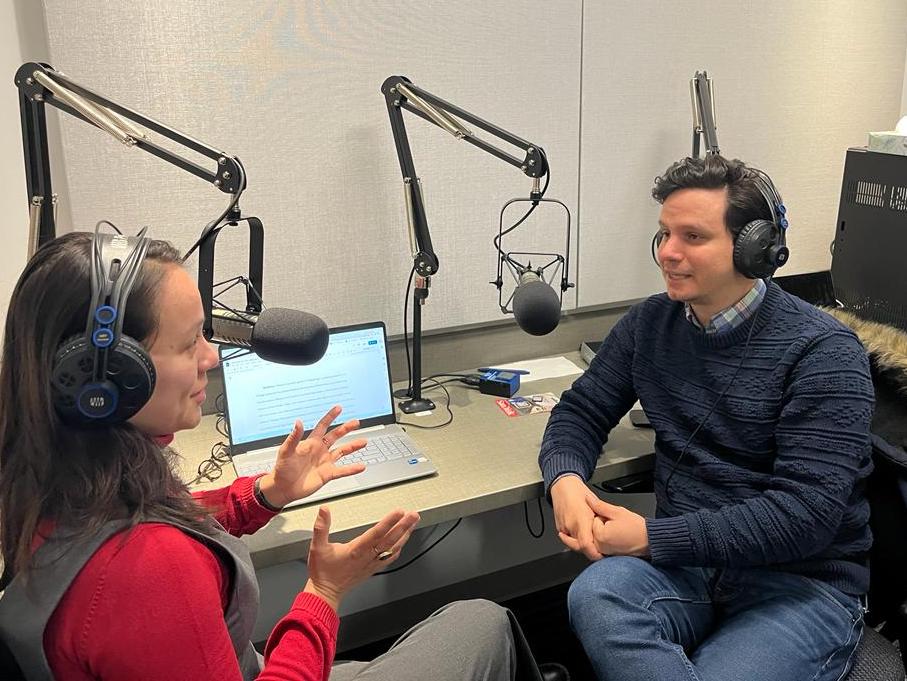“Causes and Effects of the Parts of Democracy We Cannot See”

When we combine specific indicators into a summary index to measure a general concept, such as human development, the rule of law, judicial power, legislative strength, or democracy itself, the usual approach is to treat all of the indicators as reflections, or symptoms, of the underlying concept. But some indicators are better understood as causes of the phenomenon we are trying to measure. We introduce an approach relatively unknown in political science but that lends itself to this kind of application, and use Varieties of Democracy data, which include many indicators that can be used in this way. We provide several examples and assess what difference this technique makes.

Fernando Bizzarro Neto
This profile was current as of 2016, when he was part of the on-campus Kellogg community. I am a PhD student in the Department of Political Science at the University of Notre Dame. I first came to the Kellogg Institute as a Guest Scholar after receiving a grant from the Sao Paulo Research Foundation, Brazil, in the fall of 2012...
Michael Coppedge
Michael Coppedge is professor of political science at the University of Notre Dame, where he is a faculty fellow of the Kellogg Institute for International Studies. His research interests include democratization and the quality of democracy; Latin American parties and party systems; Venezuelan politics; and comparative politics methodology. He has been a Kellogg Institute faculty fellow since 1995...
Pamela Paxton
This profile was current as of 2018, when she was part of the on-campus Kellogg community. Pamela Paxton is professor of sociology and public affairs and the Christine and Stanley E. Adams, Jr. Centennial Professor in the Liberal Arts at the University of Texas at Austin. She also serves as project manager for formal and descriptive representation for the international Varieties of Democracy research team...





